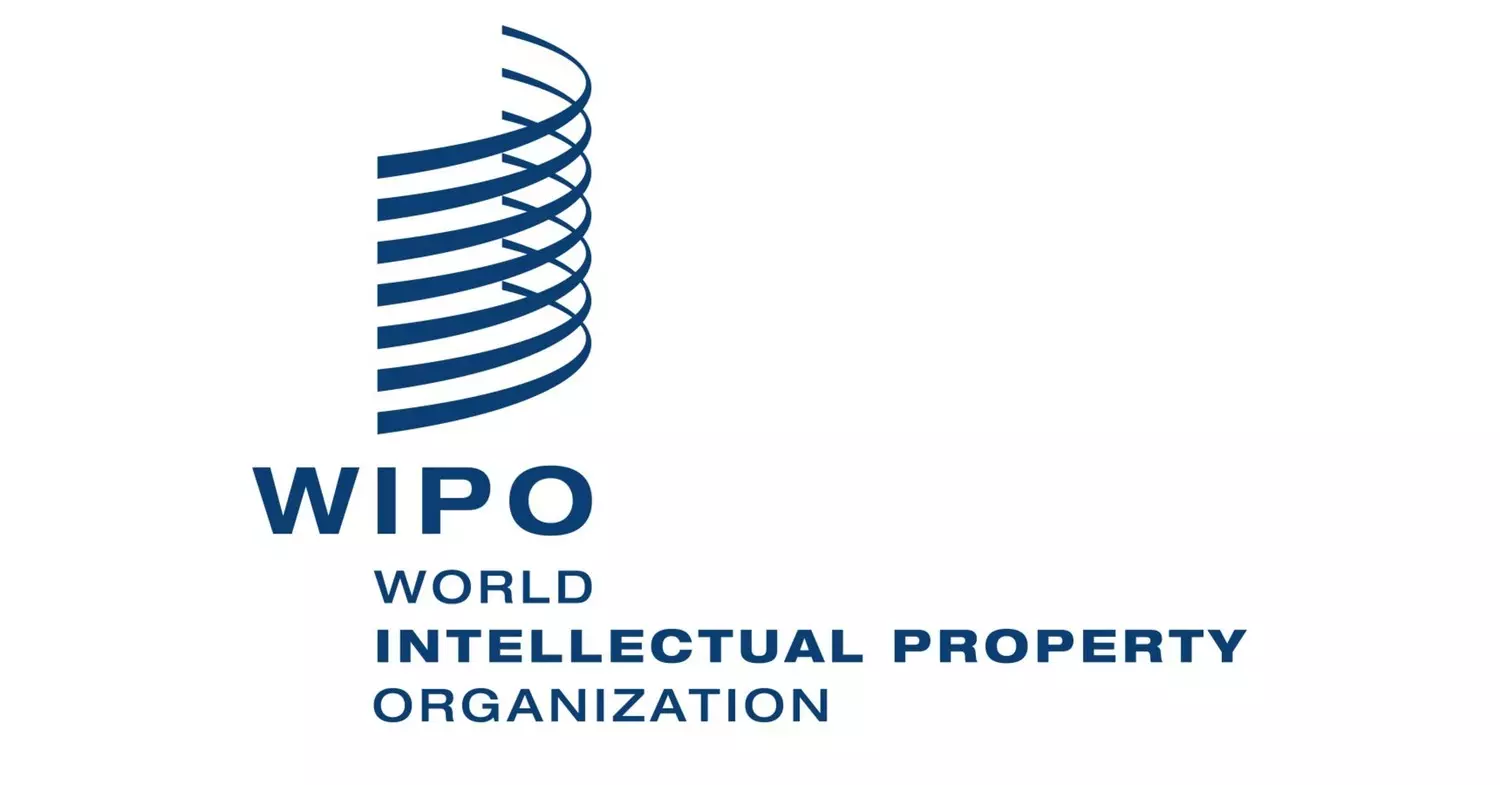World Intellectual Property Organization Creation
The need for international protection of intellectual property became evident many years ago when foreign exhibitors refused to attend the International Exhibition of Inventions in Vienna, Austria (1873) because they were afraid their ideas would be stolen and commercially exploited in other countries.
Ten years later, an international agreement for the Protection of Industrial Property was born in the Paris Convention. This was the first major step to help creators ensure that their intellectual works were protected in other countries. The Paris Convention covered Inventions (Patents), Trademarks, and Industrial designs.
At the same time -after a campaign by the writer Victor Hugo and his Association Littéraire et Artistique Internationale- the Berne Convention for the Protection of Literary and Artistic Works was signed in 1886. The aim was to give creators the right to control and receive payment for their creative works at international level. Works protected included novels, short stories, poems, plays, songs, operas, musicals, sonatas, drawings, paintings, sculptures, and architectural works.
In 1893, the administration of both organizations was joined under the name of United International Bureaux for the Protection of Intellectual Property, best known by its French acronym, BIRPI. This organization would protect what years later began to be called “intellectual property (IP)” that covered both industrial property and copyright.
ISOLATED AGREEMENTS AIMING TO PROTECT IP
Over the years, new agreements emerged to protect specific fields such as:
- The Madrid Agreement Concerning the International Registration of Marks, concluded in 1891.
- The Hague Agreement Concerning the International Deposit of Industrial Designs, concluded in 1925.
- The Nice Agreement Concerning the International Classification of Goods and Services for the Purposes of the Registration of Marks, concluded in 1957.
- The Lisbon Agreement for the Protection of Appellations of Origin and their International Registration, concluded in 1958 [1].
However, all these organizations -including the BIRPI - did not have governmental bodies, and importantly, they could not be hold in a global treaty.
WIPO FORMATION AS AN INSTRUMENT FOR WORLDWIDE IP PROTECTION
It was in 1967 when those ideas and agreements were merged into one completely new multilateral convention: the World Intellectual Property Organization (WIPO) to promote the protection of intellectual property across the world and to ensure administrative cooperation among the intellectual property organizations.

To attain these objectives, WIPO undertakes a number of activities, including:
- Normative Activities, involving the setting of Norms and Standards for the protection and enforcement of Intellectual Property Rights through the conclusion of international treaties;
- Program Activities, involving legal and technical assistance to States in the field of Intellectual Property;
- International Classification and Standardization Activities, involving cooperation among industrial property offices concerning patent, trademark, and industrial design documentation; and
- Registration and Filing Activities, involving services related to International Applications for Patents for inventions and for the Registration of Trademarks and Industrial Designs [2].
Without any question, the main achievement of WIPO is the Patent Cooperation Treaty commonly known as PCT. This treaty provides a unified procedure for filing patent applications to protect inventions worldwide.
Stay tuned for more details about PCT in an upcoming publication.
For more information about Patent Filing Process, check the blog below.
Author: O. Concepción (Ph.D. in Nanoscience)
